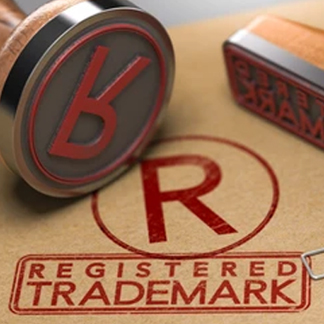What Are the Trademark Classes for Trademark Registration?

Legal & Compliance
111 week ago — 4 min read
When it comes to registering a trademark for your brand, one of the most important considerations is choosing the right trademark class. Trademark classes are used to categorize goods and services and help the trademark office understand the scope of your trademark registration. In this article, we'll discuss the trademark classes for trademark registration and why it's important to choose the right class for your trademark.
What are Trademark Classes?
Trademark classes are used to classify goods and services for the purpose of registering a trademark. There are 45 classes in total, with 34 classes for goods and 11 classes for services. Each class represents a specific category of goods or services, such as clothing, electronics, or financial services.
Why Choose the Right Trademark Class?
Choosing the right trademark class is crucial for several reasons:
1. Legal Protection: The trademark office will only grant legal protection for the goods and services listed in your trademark application. If your trademark is registered in the wrong class, it may not provide protection for the goods or services that you actually offer.
2. Avoiding Objections: If your trademark is registered in the wrong class, it may be objected to by the trademark office or by third parties who may claim similar rights to your mark.
3. Avoiding Infringement: By choosing the right trademark class, you can avoid infringing on the rights of others who have registered similar marks in the same class.
Trademark Classes for Goods
The 34 trademark classes for goods are as follows:
Class 1: Chemicals
Class 2: Paints and Coatings
Class 3: Cosmetics and Cleaning Products
Class 4: Fuels and Lubricants
Class 5: Pharmaceuticals
Class 6: Metals and Alloys
Class 7: Machinery and Tools
Class 8: Hand Tools and Implements
Class 9: Computers and Scientific Devices
Class 10: Medical Apparatus and Instruments
Class 11: Environmental Control Apparatus
Class 12: Vehicles and Transport
Class 13: Firearms and Explosives
Class 14: Jewelry and Precious Metals
Class 15: Musical Instruments
Class 16: Paper Goods and Printed Material
Class 17: Rubber Goods
Class 18: Leather Goods
Class 19: Non-Metallic Building Materials
Class 20: Furniture and Housewares
Class 21: Kitchen Utensils and Glassware
Class 22: Ropes and Cordage
Class 23: Yarns and Threads
Class 24: Textiles and Fabrics
Class 25: Clothing and Footwear
Class 26: Fancy Goods and Notions
Class 27: Floor Coverings
Class 28: Games and Toys
Class 29: Meat and Processed Foods
Class 30: Staple Foods
Class 31: Agricultural and Horticultural Products
Class 32: Beers and Beverages
Class 33: Alcoholic Beverages
Class 34: Tobacco Products
Trademark Classes for Services
The 11 trademark classes for services are as follows:
Class 35: Advertising and Business Services
Class 36: Insurance and Financial Services
Class 37: Construction and Repair Services
Class 38: Telecommunications Services
Class 39: Transportation and Storage Services
Class 40: Treatment of Materials Services
Class 41: Education and Entertainment Services
Class 42: Computer and Technology Services
Class 43: Food Services
Class 44: Medical and Beauty Services
Class 45: Legal and Security Services
Conclusion
Choosing the right trademark class is essential for protecting your brand and ensuring legal recognition and protection for the goods and services that you offer. By understanding the trademark classes for goods and services, you can select the appropriate class and avoid objections.
Also read
5-step guide to trademarking your brand
Common trademark mistakes to avoid
What is the difference between Trademark ™ and Registered trademark symbol ® ?
To explore business opportunities, link with me by clicking on the 'Connect' button on my eBiz Card.
Image source: Canva
Disclaimer: The views and opinions expressed in this article are those of the author and do not necessarily reflect the views, official policy or position of GlobalLinker.
Posted by
Gaurav KumarHelping startups ecosystem since 2016 as Co-founder at Compliance Calendar LLP.
View Gaurav 's profile
Other articles written by Gaurav Kumar
Most read this week













Comments
Share this content
Please login or Register to join the discussion